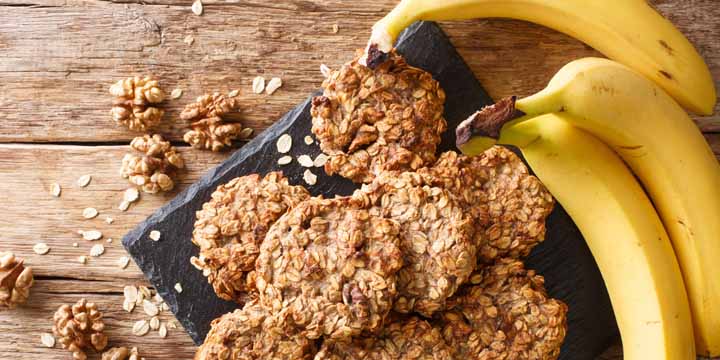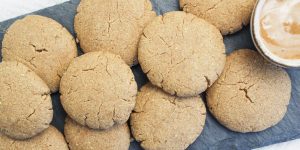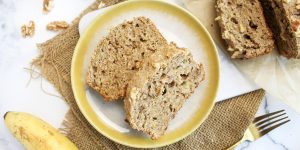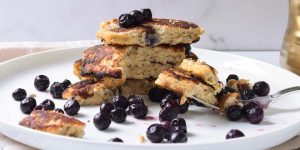Choosing the right flour can make a big difference in managing blood sugar levels for people with diabetes. Traditional white flour is highly refined and can cause spikes in blood glucose, but there are many healthier alternatives that provide more fibre, protein, and essential nutrients. These flours not only have a lower glycemic impact but can also add unique flavors and textures to meals, making them a great option for baking, cooking, and even thickening sauces. Understanding which flours work best and how to incorporate them into recipes can help people with diabetes enjoy their favourite foods while maintaining better blood sugar control.
Tips for choosing healthy flours for diabetes-friendly recipes:
- Opt for Whole-Grain Flours: Whole wheat, spelt, and rye flours contain more fibre than refined white flour, which helps slow digestion and prevent rapid spikes in blood sugar. Look for stone-ground or whole-grain options for maximum benefits.
- Try Nut and Seed Flours: Almond, coconut, and flaxseed flours are excellent low-carb choices. Almond flour is rich in healthy fats and protein, while coconut flour is high in fibre, requiring less quantity in recipes. Flaxseed flour also provides omega-3s and can be a great binder in baked goods.
- Experiment with Legume-Based Flours: Chickpea, lentil, and soybean flours are high in protein and fibre, making them great options for maintaining stable blood sugar levels. These flours work well in savoury dishes like flatbreads, batters, and thickening soups.
- Watch the Carbohydrate Content: Some alternative flours still contain a moderate amount of carbs, so it’s important to balance portion sizes and pair them with proteins or healthy fats to reduce their glycemic impact. Reading labels and understanding net carbs can help make better choices.
- Consider Blending Flours: Mixing different flours can improve texture and nutritional value. For example, blending almond flour with a small amount of whole wheat flour can give baked goods a better rise while keeping the carb count lower.
- Adjust Recipes Accordingly: Many alternative flours absorb liquid differently than regular flour, meaning recipes may require adjustments in moisture levels, baking times, or additional binding agents like eggs or psyllium husk. Checking for diabetes-friendly recipes specifically designed for alternative flours can make baking easier.
By choosing the right flour and adjusting recipes accordingly, people with diabetes can still enjoy a variety of delicious and nutritious meals. Below are some recipe ideas that use diabetes-friendly flours, including low-carb snacks, high-fibre pancakes, and protein-rich baked goods.








